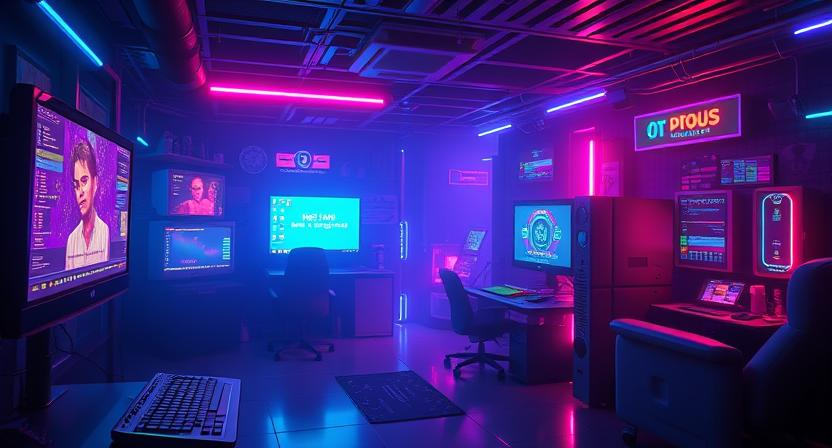In an industry often obsessed with content, HUDs, noise, and non-stop action, some games succeed by doing less—and doing it with purpose. Silence and minimalism in game design are about focus, mood, and giving the player space to feel and think.
Journey is a masterclass in this approach. It strips away dialogue, combat, and UI. Players wander, interpret, and connect—all without a single word. Its minimalism allows emotion to come through music, motion, and the environment itself.
Inside and Limbo also lean heavily into silence. These platformers feature no dialogue or text. Every story beat, every moment of tension is communicated through animation, pacing, and visual metaphor. The result is eerie, elegant, and unforgettable.
Shadow of the Colossus embraces empty space. The vastness of its landscapes, the solitude between battles, and the minimal HUD amplify the emotional weight of each encounter. The lack of chatter creates atmosphere through absence.
Design choices that support silence and minimalism:
- Sparse UI or optional HUDs
- Diegetic audio instead of background music
- Limited or no exposition
- Emphasis on motion, light, and contrast for feedback
This approach isn’t suitable for all games—but when aligned with theme and mood, silence becomes a design language. It encourages reflection, elevates emotion, and proves that sometimes, the loudest moments come from what isn’t said.


